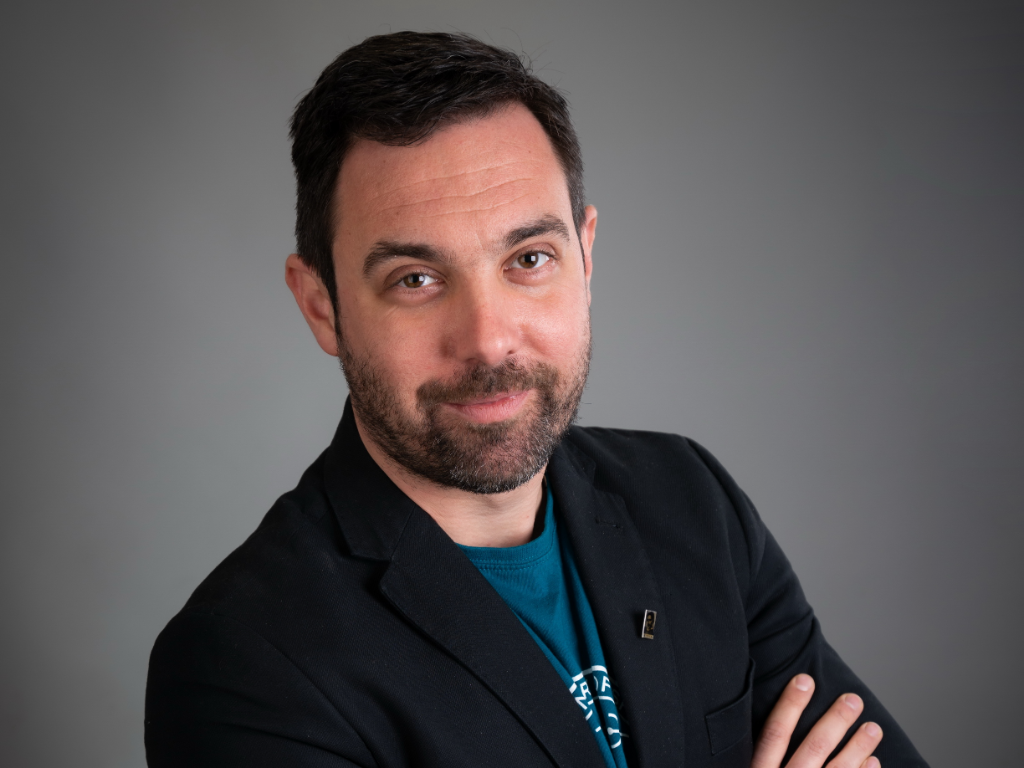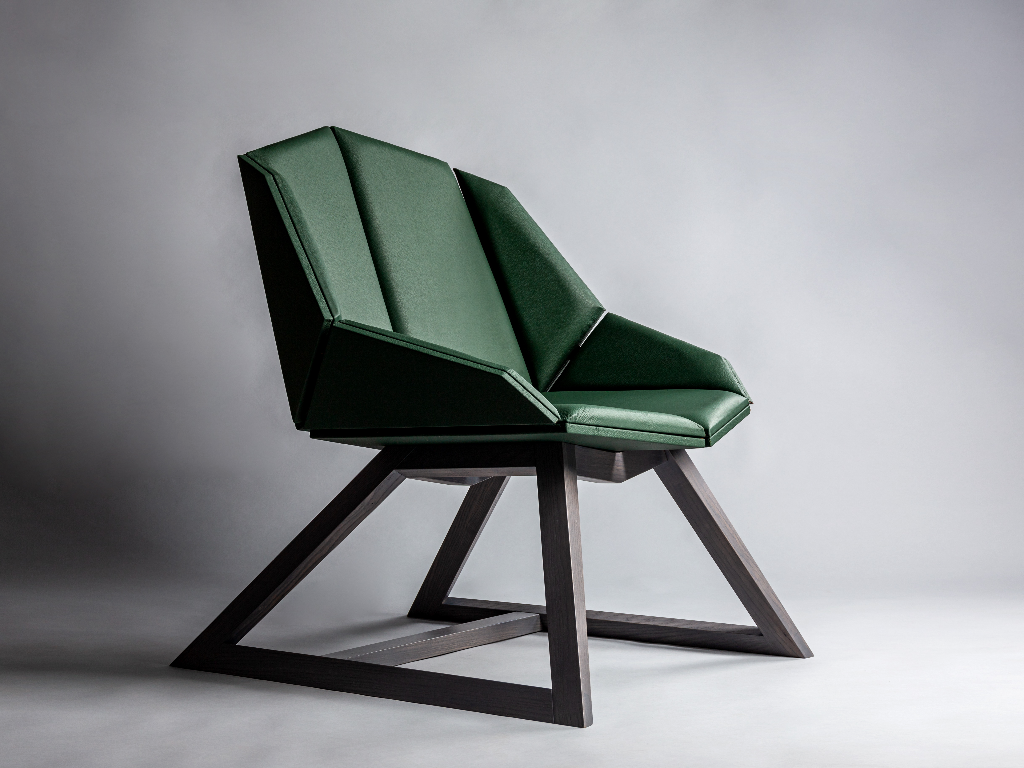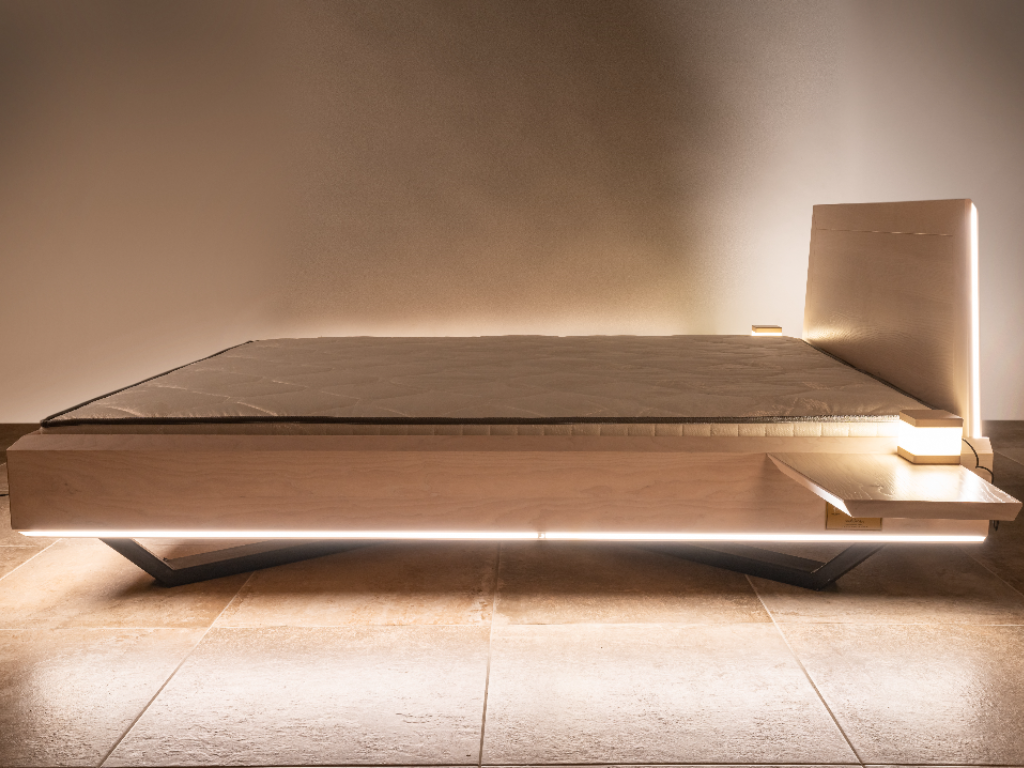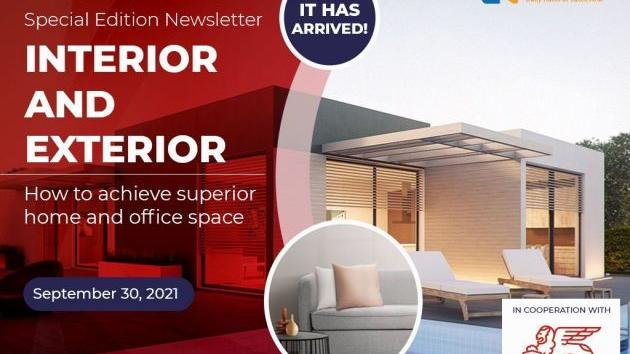Uros Jankovic, Founder of Wood Line Studio – Creativity Must Not be Controlled
Source: eKapija
 Tuesday, 28.09.2021.
Tuesday, 28.09.2021.
 14:38
14:38
 Tuesday, 28.09.2021.
Tuesday, 28.09.2021.
 14:38
14:38
Uros Jankovic (Photo: Wood Line/Predrag Mladenović)

For Uros, the past decade is a most interesting journey, with plenty of challenges and situations intertwined with various emotions. We talked to him about what has changed in the local industry in the past decade, how buyers view designer furniture now, but also what the process of the creation of a collection looks like.
– Although I know that we are essentially at the beginning and that we are yet to make a global penetration of the market, I am very satisfied that we have managed to stay our course and remain faithful to our ideas. It has turned out that our decisions have been good for our further development. If I could turn back time, I would not change anything, because even then I knew that the building of a brand is a long-term, careful process, in which the most important thing is to work with vigor and enjoyment.
In that time, how much has the local furniture industry changed, and how much have you changed?
– When we were starting out (2010), the local industry was predominantly oriented to commercial, stylistic and panel furniture. A few of us dared at the time to go for the design, to found companies and try to put authorial designer furniture on the market. Personally, from the very beginning, I have believed that the design, ideas and creativity are crucial to succeeding in this business. Why? Those three factors are the only ones that can set you apart from others and get you an audience, which is huge on one hand, and, on the other, overwhelmed by the offer of monotonous designs. I am happy that the market has changed a lot since then. Producers and buyers have realized that there’s a need and demand for designer furniture. Today, you can clearly see what kind of a step forward has been made in the market in the past decade when it comes to that and how much the demand for designer products has increased. As for us, we are still using the same criteria, we stick to the total design (down to the details) and we are therefore trying to find new solutions for a simpler life, which is also the main role of the design.
(Ancora)
What have you had to adapt to and have you perhaps had to give up on some of your initial ideas?
– You can only get to a good idea if you let it evolve during the process. I am not someone who sticks blindly to the initial sketches and prototypes, because creativity must not be controlled. When developing a product, I’ve always known, with my team, what we essentially wanted to achieve and what we are focusing on when it comes to that piece of furniture. We do not make any compromises there, because everything needs to be purposeful. That kind of thinking has never made us give up, but only to seek forms which would produce that solution in the best way possible. Considering that this is our path, we do not follow trends or styles, but simply work the way we believe is the best for the audience we are targeting.
At the beginning of the year, you presented the new collection ALCYONE. What has its “life” looked like in less than a year?
– The ALCYONE collection was presented as a decade-anniversary collection. Before the promotion itself, which lasted nearly a full two months (January and February), we had expected it to be noticed, because we were aware of the two-year work and the development energy we had invested. However, only a month later, we were surprised by the good response of the clients and the reactions to the products we launched. The armchairs from the collection are already among our best-selling products with lamps, which we have been producing from the very beginning. Our collection is dominated by armchairs, because that was the segment that our offer was lacking in. The result of the reaction and the demand has truly exceeded our initial expectations and opened some new paths when it comes to the future.
Neo (Photo: Wood Line/Predrag Mladenović)

In brief, what does the process of the creation of a collection look like, from the idea to the final product?
– When we get the initial design and start producing a prototype, that’s when we are all opening our eyes even more in order to carefully observe each detail. It’s important to us for that design to be adapted to large serial production and to optimize the production processes. However, much more important is the phase before the preparation of the prototype and the phase following it. The first phase is to form the idea based on daily conversations with interior designers, architects and clients. That’s where I gain insight into what’s missing from the market, what the furniture for certain types of interior needs to have in concrete terms, which needs it has to meet, which furniture creates problems for interior designers and what they would like to offer, and what, on the other hand, the clients need. This is a deep analysis, which is tested only after the prototype is designed. After the production, we test the product for several months, by living with it at our home and we practically put ourselves in the role of the user. It is time test, which best shows us whether we’ve achieved the essence of design and what happens to the structure of the product in technical terms while it’s being used.
How compatible are modern technologies with wood and how do you use them?
– That’s a question of functionality. The technology needs to improve the already set function of the product and create a new utility value. These are product such as: a chest of drawers with air filters, a bed with wireless chargers, a bench with a LED backlight, etc. We also produce the technology (electronic components), which we merge with wooden furniture. We want to have full control over the designer solutions and the quality of manufacture, whereas, on the other hand, everything is fully authorial, which gives added value to the product. It is very important for the technology to meet certain safety standards that is imposed by the market and to be certified. We have managed to secure this on an international level, thereby making our creative work even more legitimate.
Apolo (Photo: Wood Line/Predrag Mladenović)

In what way can “small businesses” in your sphere be competitive with the large ones, even global chains? What is the added value that you offer?
– Small businesses are more flexible compared to large corporations, so they can adapt to the changes in the market much faster. Large systems have plenty of procedures due to the large number of people, whereas small companies directly respond to the changes without having to spend too much energy.
I believe that the main thing is that small businesses have more direct contact with clients, because large chains are predominantly in “the machinery of numbers” and by that I truly mean that they don’t know what the true feedback from the clients is. Accordingly, small companies can communicate with the audience better through social networks and generally through the internet and thereby make agreements much more quickly.
User experience is the foundation of our activities when it comes to the work and marketing. We don’t only aim to sell, but also to establish a relationship with our clients. From the product, through the communication, the delivery, the servicing, all the way to the next order, we maintain close relations with them. We take care of every person that gives us trust, because the product is only a means of communication between us, who work on it, and the people to whom we sell it. You have to agree that it’s a good, living thing.
What are the plans for the next period?
– We are dedicating ourselves to the development of highly sophisticated electronics that we will build into new products, on which we are working intensively already, with the aim of creating a greater utility value and functionality. As for me personally, I will dedicate myself to marketing and promotions, because I want to bring our work closer to the Serbian audience as much as possible, because we are proud to create this in our country and to so sign our name on it.
Ivana Milovanovic
The full contents of the Special Edition Newsletter “Interior and
Exterior – How to Achieve Superior Home and Office Space” can be found HERE.
Companies:
Wood line design studio
Tags:
Wood Line
Uroš Janković
furniture design
commercial furniture
stylistic furniture
panel furniture
designer furniture
COBRA
lamps
armchairs
ALCYONE
eKapija special edition newsletter
special edition newsletter Interior and Exterior How to achieve superior home and office space
Comments
Your comment
Most Important News
Full information is available only to commercial users-subscribers and it is necessary to log in.
Follow the news, tenders, grants, legal regulations and reports on our portal.
Registracija na eKapiji vam omogućava pristup potpunim informacijama i dnevnom biltenu
Naš dnevni ekonomski bilten će stizati na vašu mejl adresu krajem svakog radnog dana. Bilteni su personalizovani prema interesovanjima svakog korisnika zasebno,
uz konsultacije sa našim ekspertima.


 Izdanje Srbija
Izdanje Srbija Serbische Ausgabe
Serbische Ausgabe Izdanje BiH
Izdanje BiH Izdanje Crna Gora
Izdanje Crna Gora


 News
News












